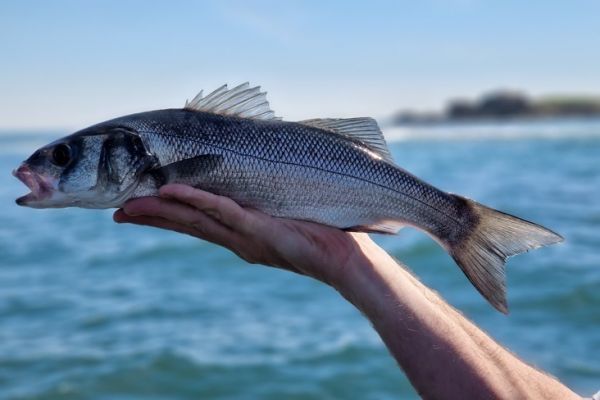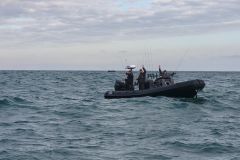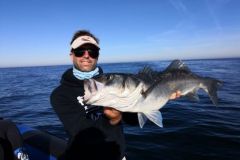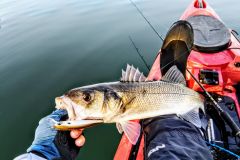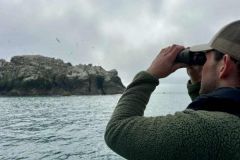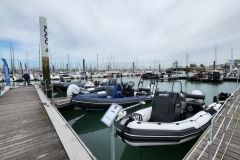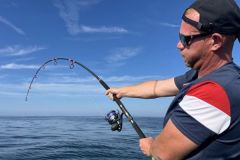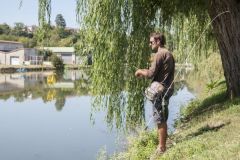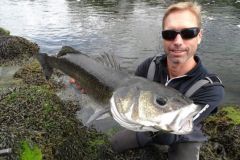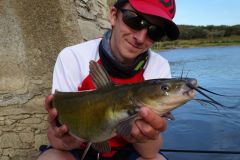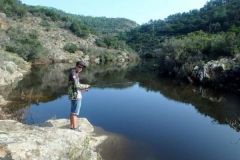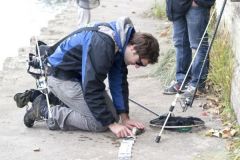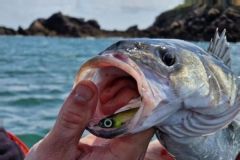How to identify rock tips?
Rock outcrops can be defined as any natural or artificial overhang that breaks with the relief of the shoreline. They can be particularly long, like certain dikes or natural rock outcrops, or just a few meters long. What they all have in common, however, is that they break the monotony of the shoreline.
A simple stroll along the seashore, a careful reading of nautical charts or the use of aerial views will easily enable you to identify them. However, don't limit your observation to the relief, and pay close attention to the current and the surrounding substrate, which will be just as decisive in determining the presence of fish.
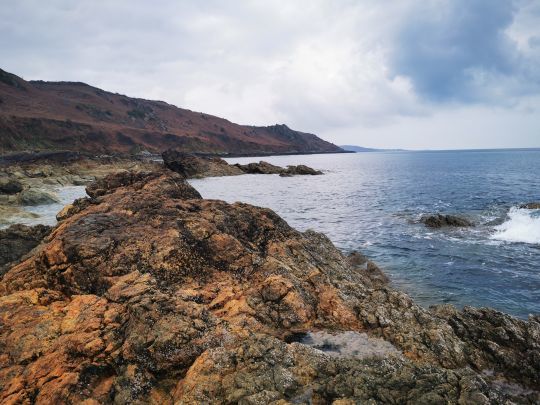
Why prospect for rock tips?
Rock points are first and foremost of interest to shore anglers, as they enable them to prospect a vast area and sometimes access depths. However, the fact that they are "practical" is not enough to make them interesting.
Their real attraction lies in the fact that they deflect currents, channelling not only the flow but also the food, and at the same time creating eddies where micro-organisms can accumulate for the duration of a tide.
In addition, these rocky outcrops mark changes in depth and relief, which are always interesting areas for predators to lie in wait.
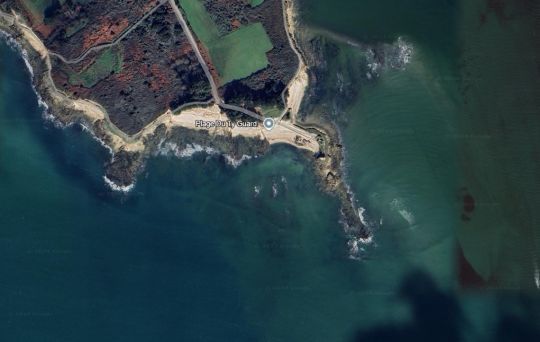
Which ones to fish for?
If there are many rocky points in your area, you'll need to prioritize your prospecting. The parameters to be taken into account and which favour the presence of sea bass are :
- The presence of a strong current: the stronger the current, the more interesting the counter-current downstream.
- Access to depth and, in general, significant and numerous changes in terrain.
- A change of substrate.
- Its isolation in the local landscape.
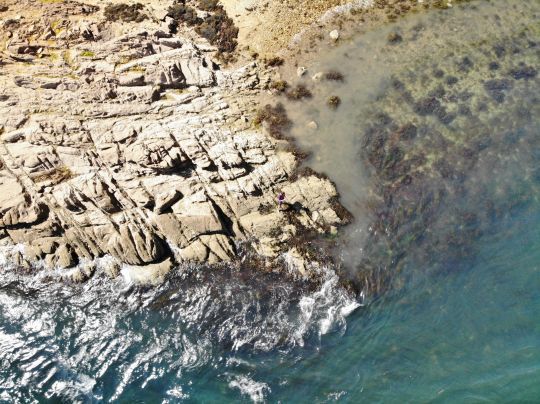
How do you approach them?
When prospecting a point of rock, there are 3 interesting areas to fish first:
- First of all, the face exposed to the current must be prospected along its entire length, as the flow will come up against it and channel itself all along the bank. Don't forget that bass like to face the current, so it's best to present your lure as it moves downstream.
- Then, at the end of the rock point, you'll find the area where the current is strongest. This zone is interesting at different times of the tide, depending on the strength of the current. If it's an estuary, the speed of the current can reach several knots. The best times are the tens of minutes around tidal shifts.
- Finally, on the downstream side of the point, you can prospect the counter-current zone, meticulously fishing the border zones and junctions of the different water veins, which are strategic points. You'll find fish right at your feet, close to the tip of the point, if the depth is great enough and it's at the junction of the main current and the counter-current.

What techniques and lures for bass?
In areas where the current is less marked, if only for the pleasure of the bites, I recommend you start with surface fishing. However, it's often particularly effective to fish linear edges with a Texan-mounted shad if there's a lot of vegetation, then fish the most pronounced water veins on the pull or on the fly in search of the most active fish.
Finally, in the absence of bites, drifting a soft lure close to the bottom in the counter-current zone will regularly hook a nice fish looking for crustaceans. You'll need to find the right weight to get the lure to drift naturally.
Report summary
1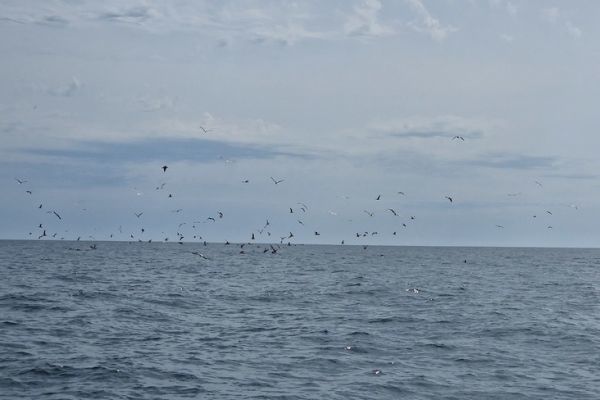
Fishing spots: look for open-water hunting for sea bass
2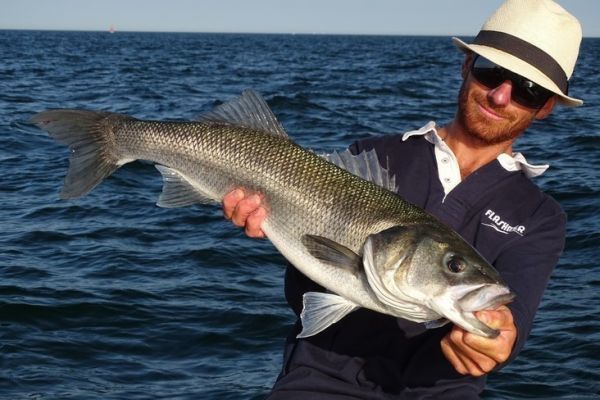
Finding the right spots for bass fishing: prospecting for wrecks
3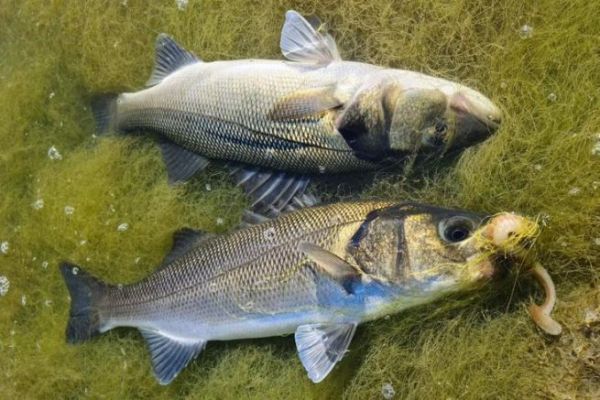
The best spots for sea bass fishing: fringe meadows
4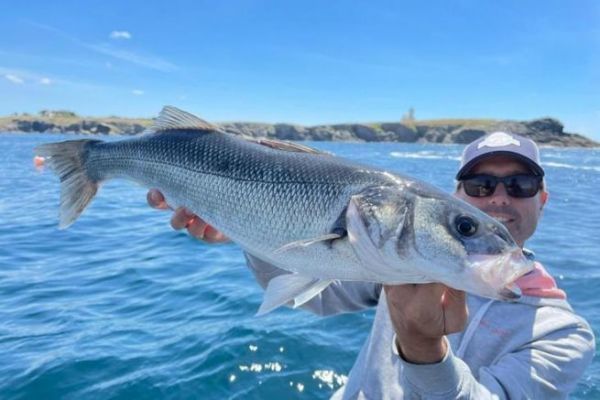
Sea bass fishing spots: rocky coasts from shore and by boat
5
Finding the right spots for bass fishing: rocky plateaus
6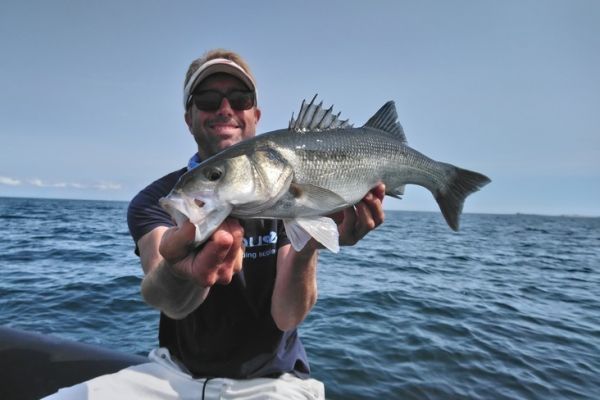
Sea bass spots: the unmissable, fruitful rock heads
7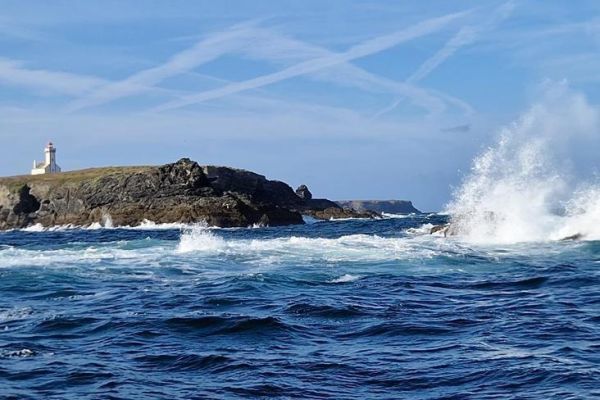
Good bar spots: focus on emerging rocks and foam
8
Good spots for bass fishing: rocky points
9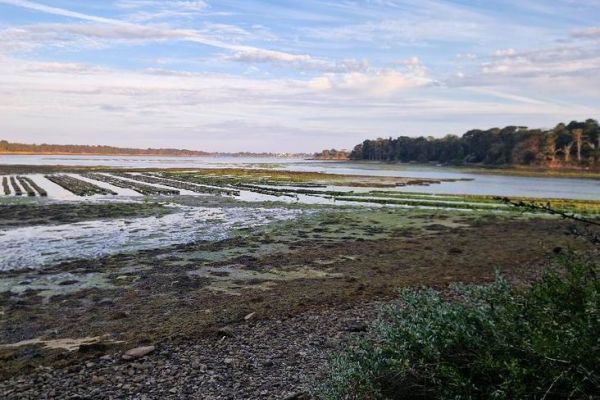
Good spots for bass fishing: oyster beds
10
The best spots for bass fishing: prospect for mouths
11

 /
/ 